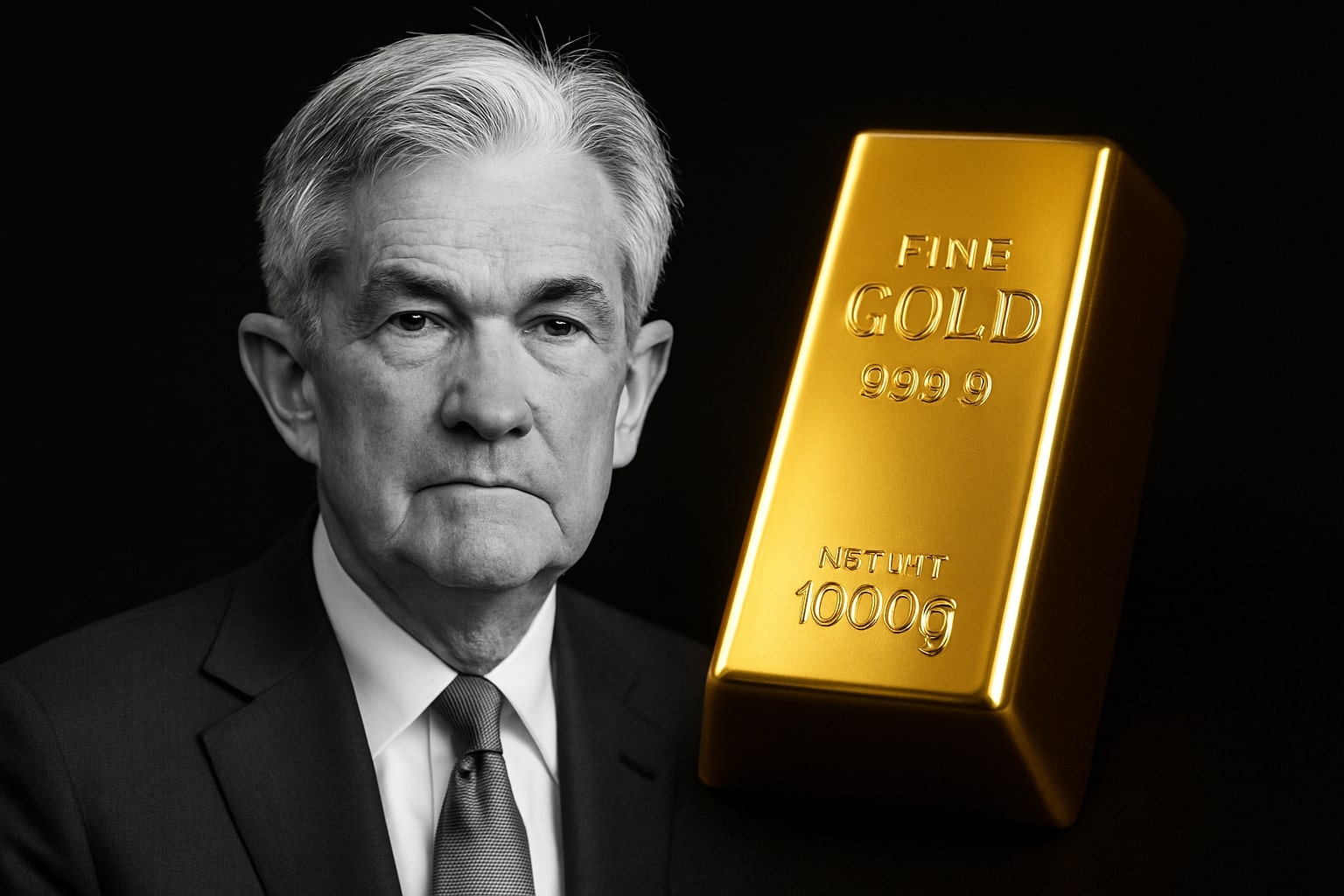Gold (XAU/USD) Under Pressure: Technical Breakdown and Economic Headwinds Shape Future Outlook
Introduction: Dollar Strength and Bond Yields Weigh Heavily on Gold Prices
Gold (XAU/USD) is facing significant downward pressure as a strong U.S. dollar, elevated bond yields, and shifting inflation expectations challenge its recent rally. Dropping below the $2,600 mark for the first time in nearly two months, gold's momentum has slowed as investors reassess its role amid broader economic forces. With the U.S. dollar reaching multi-month highs and bond yields remaining elevated, gold has seen increased selling pressure, prompting critical technical and economic analysis of the factors likely to influence its short-term and long-term trajectory.
Impact of the U.S. Dollar Surge on Gold
The U.S. dollar's recent ascent to a four-month high has directly impacted gold prices, as the inverse relationship between the dollar and gold remains strong. Fueled by expectations of expansionary policies under President-elect Donald Trump, the dollar's strength stems from anticipated corporate tax cuts, potential infrastructure investments, and an overall pro-growth stance. These fiscal policies have bolstered investor confidence in the dollar, making it a preferred safe-haven asset over gold in the current economic climate.
Moreover, the Federal Reserve’s stance on maintaining higher interest rates to combat inflation has further strengthened the greenback, drawing capital away from gold. As inflation expectations stabilize, gold's traditional role as an inflation hedge loses some appeal. Investors are watching upcoming Fed speeches and economic data releases closely, which could indicate whether the central bank will maintain its hawkish stance or consider easing, impacting gold’s outlook in either case.
Gold’s Technical Struggles: Key Levels to Watch
From a technical perspective, gold’s recent drop below the 50-day Simple Moving Average (SMA) around $2,600 has triggered a fresh wave of bearish sentiment. This level, a critical support line in recent months, now poses a barrier to potential rallies. Further, with oscillators showing increasing downside momentum, the path of least resistance currently favors additional declines.
Key technical levels to monitor include the 38.2% Fibonacci retracement level near $2,600, which now serves as a pivotal resistance point. If gold fails to reclaim this threshold, it could pave the way for a deeper retracement toward the $2,540 level, representing both the 50% Fibonacci level and the 100-day SMA. Breaking below these levels could signal a near-term peak in gold prices, solidifying the bearish sentiment in the market.
On the flip side, any upward movement that clears the immediate resistance at $2,635 could trigger short-covering, with potential targets at $2,659 and $2,685. Sustained buying beyond this zone may indicate that the recent correction has run its course, potentially shifting the bias back in favor of bullish traders. However, the longer-term trend remains uncertain, given the current economic climate.
Bond Yields and Their Influence on Gold Demand
The ongoing rise in U.S. Treasury yields has compounded challenges for gold as higher yields reduce the appeal of non-yielding assets. Following Trump's electoral win, bond yields spiked on expectations of inflationary fiscal policies, which could prompt the Fed to hold back on further rate cuts. This development poses a unique challenge for gold, as rising yields generally make bonds more attractive relative to gold.
For instance, the 10-year U.S. Treasury yield remains well-supported below post-election highs, suggesting that bond investors are closely aligned with inflation expectations. Minneapolis Fed President Neel Kashkari recently indicated that the Fed might need to see stronger inflation data before committing to further rate cuts. Should these elevated yields persist, they could continue to undermine gold demand as investors seek yield-bearing alternatives.
Inflation Data and Fed Policy Outlook
Upcoming U.S. inflation data, including the Consumer Price Index (CPI) and Producer Price Index (PPI), will be pivotal for gold’s outlook. These indicators will provide additional insight into the Fed’s likely actions in the coming months. According to the CME Group’s FedWatch Tool, the market is currently pricing in a 65% probability of a 25-basis-point rate cut at the Fed’s December meeting, with a 35% chance of no change. This data will be crucial in determining the Fed’s stance on rate adjustments and, by extension, its impact on gold.
Should inflation come in lower than expected, it may prompt the Fed to adopt a more dovish stance, which could benefit gold by weakening the dollar. Conversely, stronger-than-expected inflation figures could reaffirm the Fed’s commitment to a restrictive policy, placing further downward pressure on gold. As such, gold investors should pay close attention to these inflation figures and Fed commentary for cues on future movements.
Global Demand and Central Bank Actions
Another critical factor influencing gold’s trajectory is global central bank demand, with several nations, including China and Russia, consistently increasing their gold reserves as a hedge against currency fluctuations and geopolitical risks. This trend provides a steady base of demand for gold, particularly as the dollar's strength influences these central banks' currency strategies. However, recent data indicates a slight slowdown in demand from China, OPEC’s fourth consecutive downward revision of global demand growth, and other signals of restrained growth in Asia, which may temper overall demand for the precious metal.
Additionally, OPEC’s recent revision of global oil demand and production policies highlights a cautious approach, as it expects weaker demand from key markets like China. With oil demand serving as a broader economic barometer, any reduction in growth expectations could signal slower economic conditions ahead, reducing the demand for commodities, including gold.
Conclusion: Gold Faces Near-Term Headwinds but Long-Term Support
While gold faces notable headwinds from the surging dollar, elevated bond yields, and stabilizing inflation, its role as a hedge against uncertainty remains relevant. Short-term traders may find it challenging to navigate the current environment, with potential pullbacks towards the $2,540 level likely if bearish momentum persists. Conversely, any dovish shifts in Fed policy or weakening of the dollar could renew buying interest, potentially lifting gold towards key resistance levels.
For long-term investors, gold continues to offer value amid global economic and geopolitical uncertainties. As central banks maintain gold reserves and inflation remains a long-term concern, gold’s fundamental appeal endures, albeit with heightened volatility in the near term.
That's TradingNEWS




















